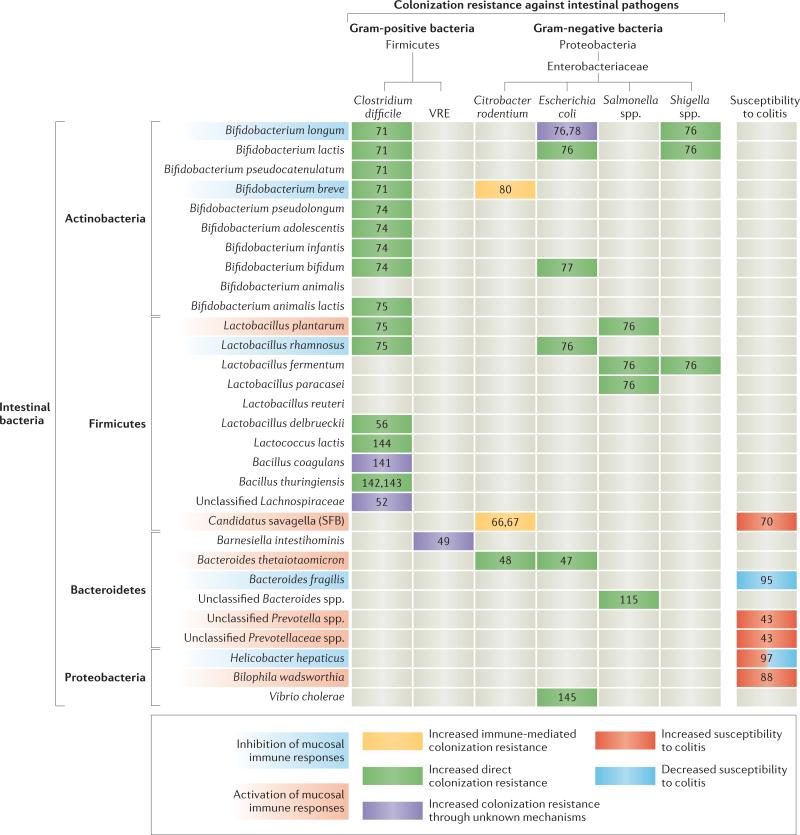Figure 2. Phylogenetic relationships of intestinal bacteria that influence host immunity and colonization resistance to pathogens.
Individual bacterial species that influence host immune-mediated and/or direct colonization resistance against antibiotic-resistant intestinal pathogens have been identified among the four phyla that comprise the majority of the intestinal microbiota (that is, Actinobacteria, Firmicutes, Bacteroidetes and Proteobacteria). A phylogenetically diverse group of commensal bacteria can restrain immune responses (blue), which often facilitates the colonization of intestinal niches and sometimes mitigates inflammatory disease such as colitis (blue cells). A distinct but phylogenetically related group of commensal bacteria activate mucosal immune responses (red). A subset of these pro-inflammatory bacteria are associated with the development of colitis (red cells), whereas others enhance immunity to intestinal pathogens (yellow cells). Other commensal bacteria secrete antimicrobial factors or otherwise impair the growth and pathogenesis of intestinal pathogens in vitro, which suggests that these commensal bacteria directly antagonize pathogens (green cells). Additional commensal bacteria inhibit infection with pathogens in vivo, but the dependence of this inhibition on immunity or other host factors remains unclear (purple cells). Reference numbers are indicated in table cells. SFB, segmented filamentous bacteria; VRE, vancomycin-resistant Enterococcus spp.

